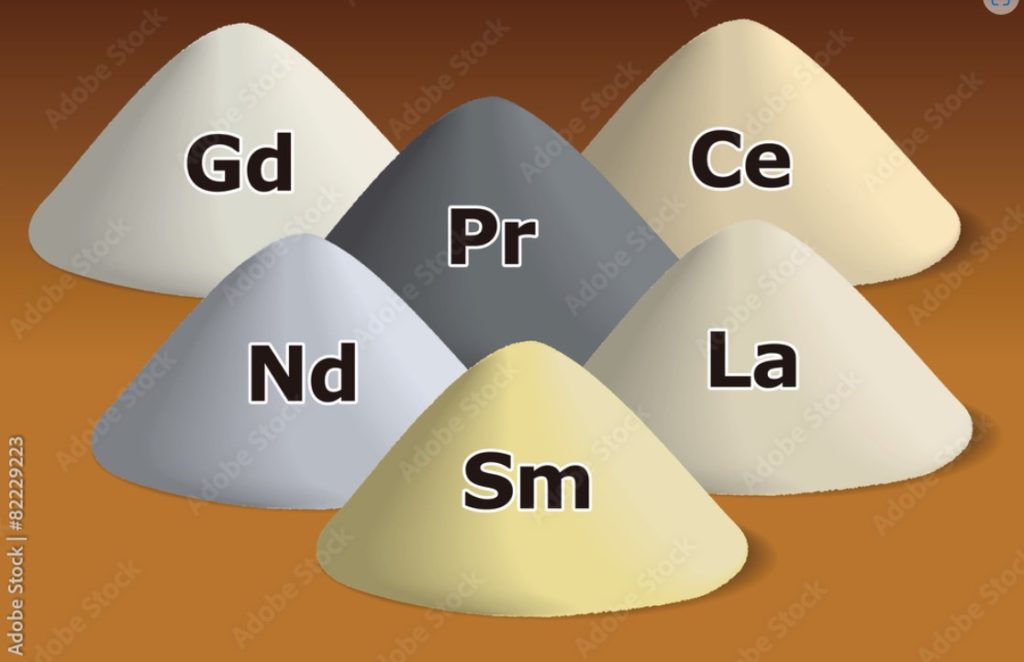NioCorp reworks Elk Creek flowsheet to cut capex, opex, GHG emissions


NioCorp (TSX: NB; OTC: NIOBF) is testing a reworked mineral processing flowsheet for its Elk Creek rare earth elements (REE) project 105 km southeast of Lincoln, Nebraska. The tests point toward possible lower capital and operating costs as well as fewer greenhouse gas (GHG) emissions.
The tests include using a carbonation process that can be used to recycle key reagents used to remove calcium and magnesium carbonates from the ore before the recovery of niobium, scandium, titanium, and REEs. The process may also allow NioCorp to sell commercial-grade calcium and magnesium products.
Bench and pilot-scale tests are underway at L3 Process Innovation in Quebec. Equipment has been ordered for a demonstration plant, and it should be launched in the coming weeks, says NioCorp.
The flowsheet proposed in the May 2022 feasibility study for the Elk Creek project uses hydrochloric acid to remove calcium and magnesium carbonates plus other impurities from the ore. The recycling of the acid carries high capital and operating costs. The redesigned flowsheet would use a thermal treatment, ammonium chloride and carbonation to break down the carbonate minerals. Early removal of these minerals from the ore allows the processing plant to be smaller and operate more efficiently.
The new design also regenerates the ammonium chloride during the carbonation stage. This step consumes carbon dioxide and reduces the GHG footprint of the plant.
The revised flowsheet is expected to produce a calcium and magnesium product that NioCorp will evaluate as both an underground mine backfill material or a saleable product.
Elk Creek is wholly owned by NioCorp, who since 2014 has conducted metallurgical testing, core drilling, resource estimates and various studies. The deposit contains high-grade niobium oxide (Nb2O5), titanium oxide (Ti2O) and scandium in a deposit defined over 750 metres along strike, 400 metres wide and dipping 800 metres below the unconformity. The high grade niobium and tantalum ore is found in 16 individual zones, and the high-grade scandium occurs in seven zones.
There is also low-grade mineralization outlined in one zone about 830 metres along strike, 500 metres wide and dipping 840 metres below the unconformity.
The latest resource update included probable reserves of 36.7 million tonnes grading 0.811% Nb2O5 (containing 170,409 payable tonnes of niobium), 2.29% Ti2O (431,793 payable tonnes of Ti2O), and 70.2 ppm scandium (3,677 tonnes of payable scandium oxide).
The orebody will be accessed via a 6-metre-diameter production shaft using conventional sinking methods and freezing of the first 200 metres from the surface. Beyond 200 metres, freezing is not expected to be necessary. A 6-metre-diameter ventilation-exhaust shaft will also be sunk and outfitted with an emergency hoist.
The underground mine will be developed for longhole open stoping in primary and secondary stopes. Primary stopes are to be backfilled with cemented paste fill, and secondary stopes will be backfilled with waste rock from development and low-cement paste fill.
NioCorp anticipates using drill jumbos for lateral development and down-the-hole drills for production drilling. The mining fleet will consist of 6-m3 load-haul-dumpers 40-tonne haul trucks. The crusher will be located underground, and ore hoisted to the surface. Approximately 216 people will be employed.
Four dry tailings storage facilities are to be build over the 36-year life of the project.
The estimated pre-production net capital cost is US$878.6 million (US$1.14 billion minus a pre-production credit of US$264.7 million). Sustaining costs are estimated to be US$466.1 million. The project has an after-tax net present value with an 8% discount of US$2.10 billion and an after-tax internal rate of return of 25.8%. The after-tax free cash flow is pegged at US$9.75 billion.
Additional information is posted on www.NioCorp.com.
Comments